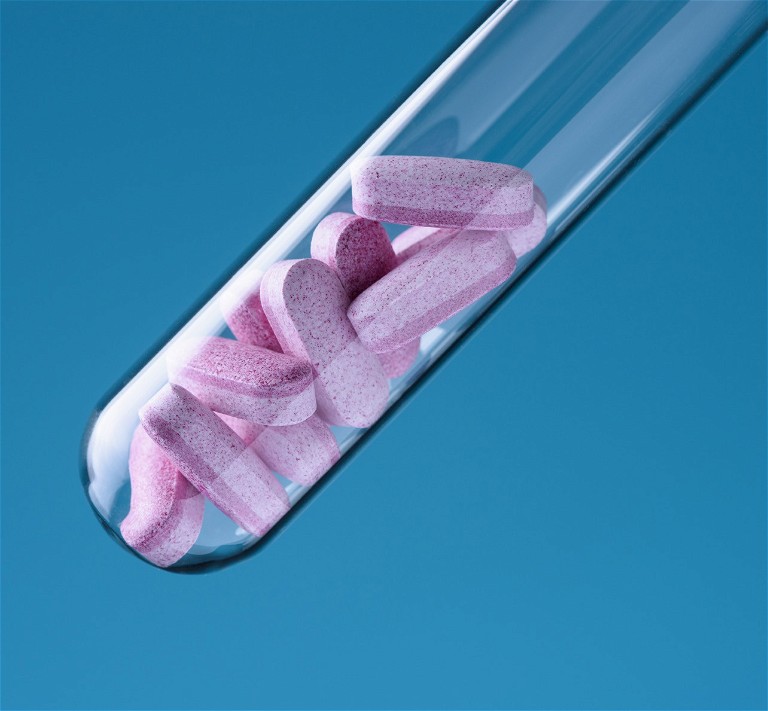Research & Development
3D printed pills to enable time-controlled release in development
A team of scientists at the Max Planck Institute (MPI) for Informatics, Germany, and the University of California, US, have developed a process of 3D printing pills in unusual shapes, allowing a time-controlled release as the object’s shape means it will dissolve in a predetermined manner.
This development aims to address issues with controlling patients’ levels of pharmaceutical drugs, which is often problematic with orally administered drugs. Advances in 3D printing have allowed this team of scientists to create complex shapes and free-form drugs, with the aim to regulate constant distribution of the biochemicals.

This project has been led by Dr Vahid Babaei, from the MPI for Informatics, and Professor Julian Panetta at the University of California. The 3D printing technology has allowed their teams to produce pills that dissolve in specific amounts of time, releasing their content in more controlled ways, allowing them to set predetermined drug concentrations in orally delivered drugs.
According to the press release: “Since no external influence is possible after ingestion in the digestive tract, the desired timedependent drug release must be generated by the shape (active surface that dissolves) of the specimen. With some effort, the time-dependent dissolution can be calculated from a given geometric shape.”
The release concludes that this technology is not only useful for pharmaceuticals but “further possibilities include the production of catalytic bodies or even coarse granular fertilisers”.